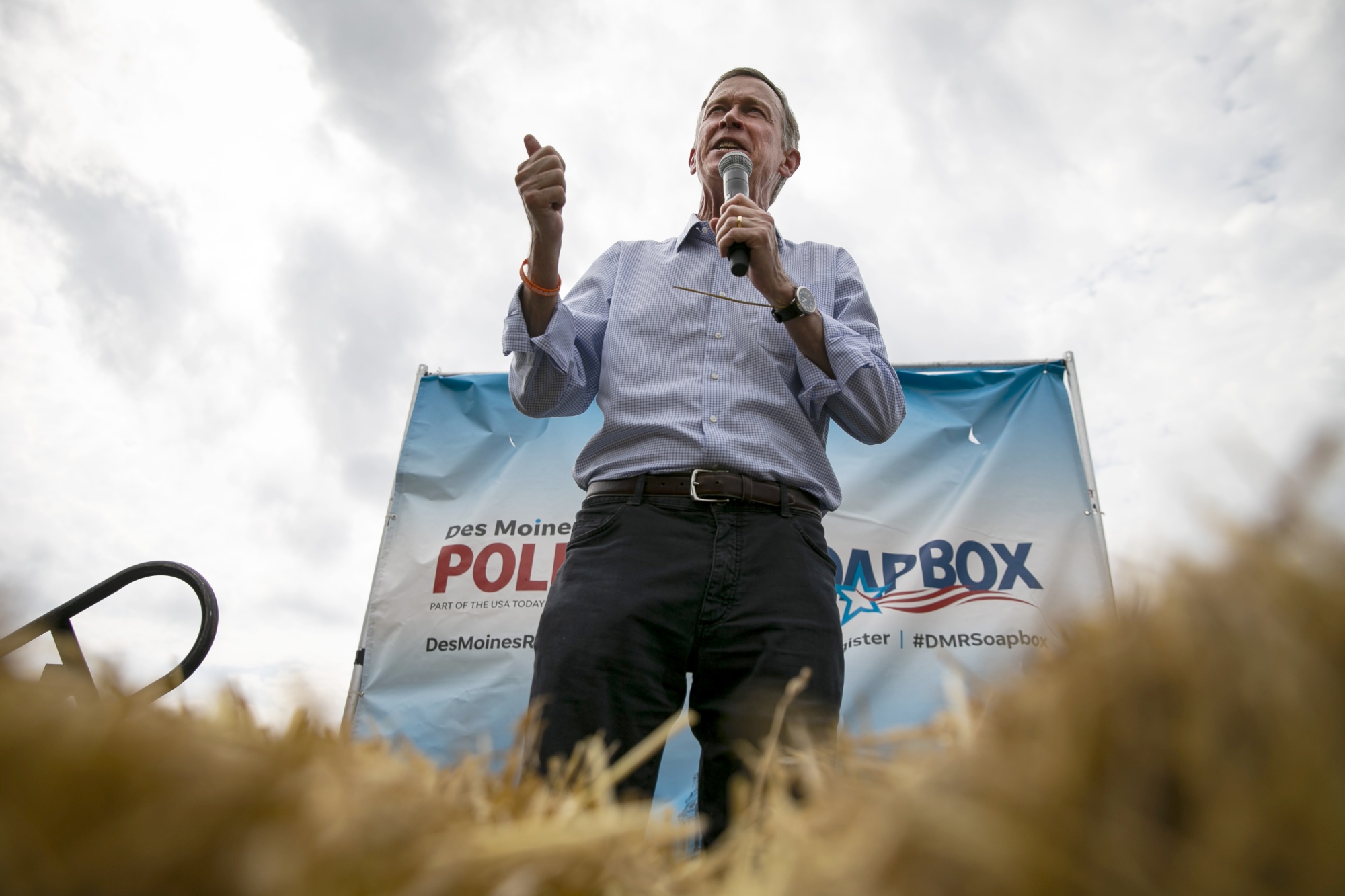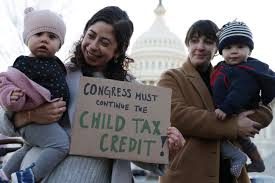
EKATERINA YUDINA – NOVEMBER 5TH, 2020
EDITOR: SEAN O’CONNELL
With the 2020 election cycle having approached it’s conclusion, we can look back at how various campaigns across the country frantically worked to persuade voters to turnout in force to support key candidates and issues. Organizing a political campaign is not a simple job; a successful campaign is able to manage many moving parts under fragile conditions under constant time pressure. One of the most important of these parts is raising and managing campaign finances, which remains a core part of modern American electioneering in the push to propel candidates to victory. While the importance of out-fundraising and out-spending opponents is up for debate, the establishment of a solid financial base early-on can provide legitimacy to a campaign and overall management of finances and fundraising can reveal much about campaign strategy and the course of a race in primary and general national and state elections.
Debates on the Effectiveness of Campaign Spending & Early Financing
On one hand, the candidate that spends more money in an election cycle tends to win their race; from 2000 to 2016 (with the exception of 2010) more than 90 percent of Congressional representative candidates who spent more during their campaigns ended up winning seats. From another perspective, however, campaign spending doesn’t necessarily cause a candidate to win. Rutgers political science professor Richard Lau explains this dichotomy: “it’s more that winning attracts money.” Large donors tend to be attracted to candidates they genuinely believe stand a chance of winning, either based off of polls or knowledge of a district.
Debates about the effectiveness of campaign spending aside, there are government programs designed to level the playing field of campaign financing. The Presidential Public Funding Program, according to the Federal Election Commission (FEC), allows eligible presidential candidates to receive federal government funds to pay for certain enumerated campaign expenses during primary and general elections. This entails matching the first $250 of each individual contribution to an eligible presidential candidate during a primary campaign, and general funding and assistance for both major and minor party nominees during the general election. In order to be considered an eligible candidate for the Presidential Public Funding Program, however, there is a significant amount of fundraising required to demonstrate public support for a given candidate. At least $5,000 in each of at least 20 states (for a total of over $100,000) must be raised by each candidate, with at most $250 from each individual contribution counted. Thus, grassroots donations and fundraising for a candidate are crucial in early campaign stages in order to be able to qualify for government funding programs as well as establish campaign legitimacy. The importance of early-stage fundraising was confirmed by a 2017 study published by Stanford political science professor Adam Bonica, who found that early fundraising strongly predicts who is able to win in the primary election, though not necessarily the general election. Considering general elections, Bonica actually argued that spending hasn’t affected wins for incumbents. 80-90% of congressional races have outcomes that are essentially predetermined by the partisan makeup of a certain district, thus fundraising for incumbents mostly stems from big donors in an attempt to yield future favors and protect their political interests.
Management of Campaign Finances in the 2020 Presidential Primary and General Elections
In examining early financial reports from the 2020 presidential campaign, one can piece together the strategies of both parties as well as gain insights on the course of the primaries of both parties. In an analysis conducted by the Center for Responsive Politics, a nonpartisan research group that tracks the effects of money and lobbying on elections, it was discovered that the 2020 presidential campaign (including primaries) had spent a total of $2.3 billion by May 2020, already far surpassing the previous record of $1.7 billion spent during the entire 2008 presidential campaigns. Of the 2.3 billion, 2.2 billion was spent by Democratic presidential candidates, with former candidate and New York mayor Michael Bloomberg accounting for $1 billion of that sum alone.
This made the 2020 Democratic primary the most expensive US primary in history, leading to an explosion of business for some top campaign vendors. Assembly, a firm that purchased Bloomberg’s television and radio ads raked in $507 million (the highest single cycle total on the record for any company), while Trump campaign manager-led American Made Media Consultants received $51 million from the Trump campaign. In terms of early general election spending, both candidates emphasized the importance of ads targeting one another on issues such as US-China relations and coronavirus response policies. Each campaign spent about 40% of their overall finances on media. The Trump campaign had an earlier start in fundraising, spending a total of $154 million on the general election campaign towards the end of May, while the Biden campaign spent only $106 million. Overall trends in expenses towards fundraising further highlight this early disparity. While the Trump campaign allotted only 3.86% of their finances to further fundraising, the Biden campaign allotted 5.59%. Towards the end of October, the difference in relative spending had closed up, with the Biden campaign having spent $1.29 billion and the Trump campaign $1.49 billion.
Nevertheless, both campaigns spent relatively little on fundraising due to joint fundraising committees. Joint fundraising committees are able to distribute contributions they receive to their respective campaigns as well as share the costs of fundraising with the Republican and Democratic National Committees. The Trump campaign has acquired funds from two committees. Make America Great Again, which attracts small-dollar donors online, has spent nearly $76 million solely on fundraising expenses and the Trump Victory Company, catering towards wealthy donors by hosting lavish in-person events, has spent $21 million on fundraising. The Biden campaign followed a similar track by launching a joint fundraising committee with the DNC to attract wealthy donors, encouraging attendees to give as much as $100,000.
As initial election results continue to slowly pour in, both candidates have actually continued fundraising. With the presidential race too close to call, the Trump campaign is already gearing up for a wave of lawsuits in battleground states to stop ballot counting or challenge the results, thus fundraising for massive legal fees. The Biden campaign, in response to Trump’s vow to contest election results has launched the “Biden Fight Fund” in an attempt to fund impending legal battles. As a result, the most expensive presidential race yet is set to become even pricier.
Fundraising in Congressional Races: A Look at the 2020 Colorado Senate Race
Taking a look at financing and fundraising in congressional elections, we can observe how both political parties deal with partitioning finances across the entire country for state races and what this means for the course of these elections. Having aimed to take senate majority November 3, Democrats need a net gain of three seats, meaning flipping contested senate seats is crucial. One such contested seat was held by Colorado Senator Cory Gardner (R), who ran against former Governor of Colorado John Hickenlooper (D). Polls had demonstrated that Hickenlooper led Gardner by a 10 point margin. In this last election quarter, Hickenlooper continued to raise amounts much higher than Gardner, raising $22.6 million to Gardner’s $7.8 million. Hickenlooper’s fundraising pushes and overall financial dominance is reflective of the nationwide trend of Democrats trying to topple incumbent Republican senators in the last quarter before the election. Many of these pushes came after the death of Supreme Court Justice Ruth Bader Ginsburg on September 18th and the subsequent controversial confirmation of Judge Amy Coney Barrett. Democratic donors appear to be voting with their credit cards, with many small donors outside of Colorado fueling Hickenlooper’s campaign fundraising; 22% of itemized donations came from California in this last quarter. In utilizing simple, online fundraising platforms such as ActBlue, donors across the nation are encouraged to donate to multiple Democratic candidates in both small or large amounts; $10.5 million out of $14 million in itemized donations towards the Hickenlooper campaign stemmed from ActBlue alone, with approximately one-third of those donations coming in on the day of or days following Ginsburg’s death. Most of this funding had been placed into television advertising. Super PACs and dark money nonprofits also focused on TV advertising in Colorado, consistently outspending both candidates, with the biggest spenders affiliated with Democratic and Republican Senate leadership. Yet, as the race came to a close, the Democratic affiliated Senate Majority PAC pulled $1.2 million in spending in Colorado to spend money elsewhere, as optimistic Democrats encountered a newly expanded senate map, suggesting the party already believed Hickenlooper was likely to win the race. With Hickenlooper’s nine-percentage point lead and subsequent victory called soon after polls closed in Colorado on November 3rd, it seems as though the party correctly partitioned funding to other senate races across the country.
Campaign financing is crucial to running races at both national and state levels, though the significance and effectiveness of campaign spending can vary widely depending on the type of elections and area in which the campaign is taking place. Out-fundraising and out-spending opponents doesn’t always ensure victory, but studying the fundraising and spending patterns in national and state elections can provide much insight into what kind of support candidates are attempting to solicit, as well as how the course of these races is playing out.
Special thanks to Julia Barry, finance associate with Hickenlooper for Colorado
Featured Image Source: Forbes
Disclaimer: The views published in this journal are those of the individual authors or speakers and do not necessarily reflect the position or policy of Berkeley Economic Review staff, the Undergraduate Economics Association, the UC Berkeley Economics Department and faculty, or the University of California, Berkeley in general.


